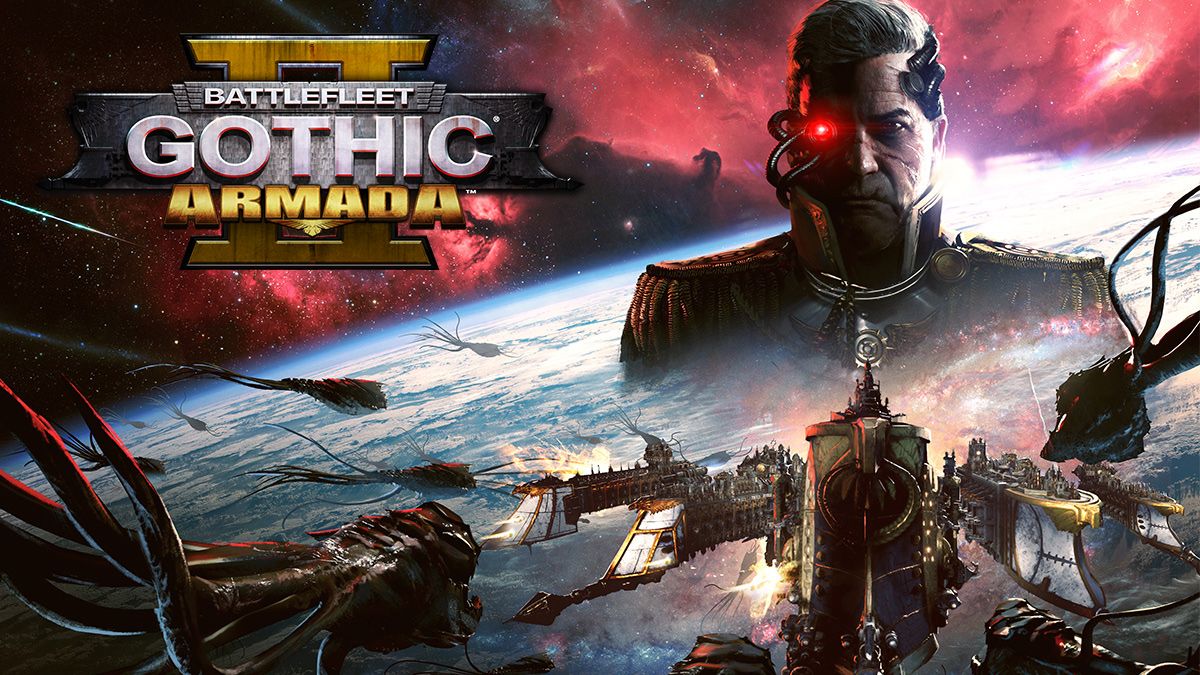Battlefleet Gothic: Armada 2
Developer: Tindalos Interactive
Publisher: Focus Home Interactive
Platform: Windows
Release Date: 24 January 2019
Price: $39.99 USD / $49.95 AUD – Available Here
Video Review
Overview
Battlefleet Gothic: Armada 2 is based on the classic tabletop war game from the Warhammer 40,000 franchise. It is the first game to be set in the new “Gathering Storm” setting. The sequel improves on the first video game adaptation with larger fleets, more ship customization options, all 12 factions from the tabletop game, and improved gameplay.
Story
As the first video game in the new “Gathering Storm” setting, Battlefleet Gothic: Armada 2 does a lot better job at explaining the intricate Warhammer 40,000 universe than most video games. The three campaigns for the Imperium, Necrons, and Tyranids introduce players to each faction’s lore and their current situations. It’s still not a complete introduction to all twelve factions, but I hope this signals a greater interest in bringing new players into the world.
The writing is solid. While the game is not text heavy like an RPG, the rally the troop speeches are done very well. The cutscenes are well paced, providing just enough information to sketch out the lore and keep the story going without dragging into doldrums.
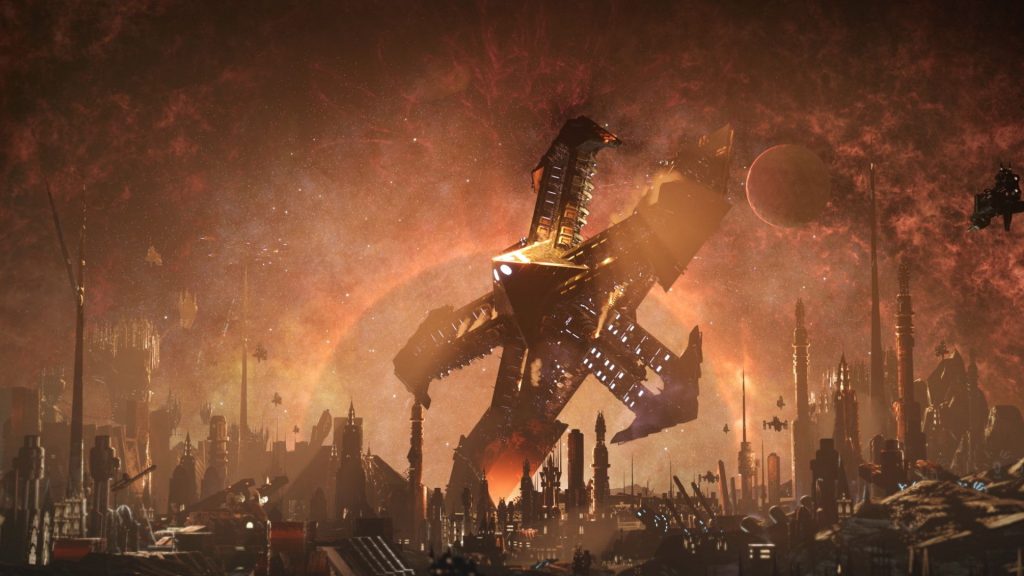
Gameplay
Battlefleet Gothic: Armada 2 offers three campaigns for singleplayer and two player co-op. As of the writing of this review, the co-op is still in beta testing, with a final release expected to come out sometime in February. The campaigns are formatted in two phases. The overworld is a turn-based board game style affair where players move fleets around different sectors to control them. Controlled sectors are used for shipbuilding, resource production, and slowing down enemy fleets with sector defenses. Battles for sectors can be handled automatically by the AI or by the players in the RTS section of the game.
Multiplayer skips the turn-based world map all together in favour of the shorter RTS matches. Multiplayer matches are either 1vs1 or 2vs2 in either Domination or Cruiser Clash, their version of team deathmatch. Players can opt for either skirmish mode or ranked play. I would have liked to see random unranked matches for newbies to practice and experiment in before wading into the deep end. Instead, Skirmishes are invite only.
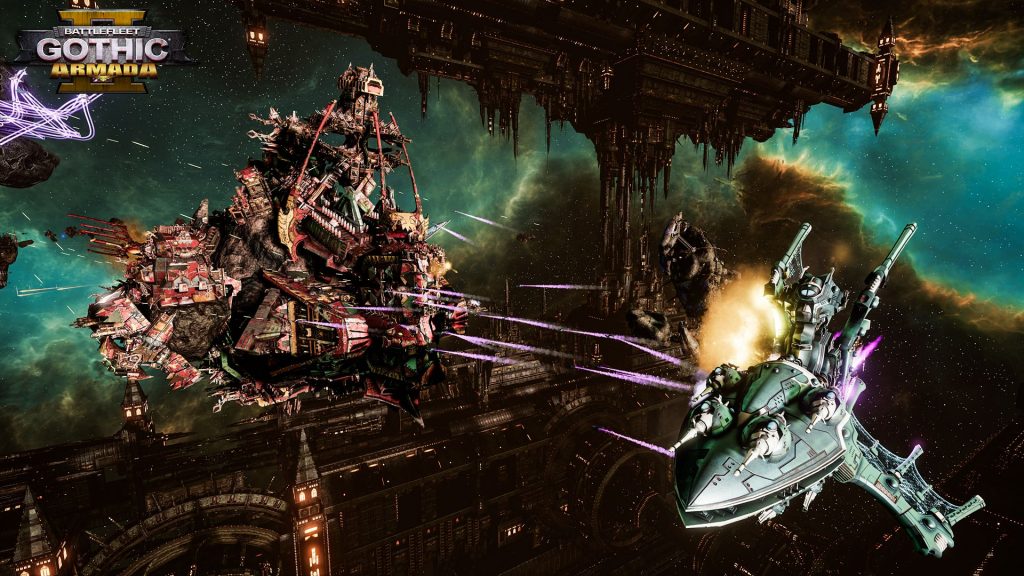
The RTS battles are intense. Matches are like games of chess in motion, where players are attempting to move into the right position to unleash their main guns on the enemy. Players manage not only the integrity of their ship, but also the crew. A mutiny will cause the ship to ignore commands and flee the battle, making morale just as important as shields. Because the fleet battles only involve a handful of units, micromanaging ships is a must, as well-timed skill usage can turn the tide of a battle. The speed of multiplayer matches can’t be adjusted, but players can slow down, speed up, or even pause the gameplay in singleplayer to give themselves time to react or skip over dull moments of travel.
Battlefleet Gothic: Armada 2 is not for those who like a lot of variety in their mission objectives. The game stays true to its tabletop wargaming roots and generally sticks to either domination or cruiser clash. There are not many epic set pieces created by the developers, and it’s a bit of a shame. Some of the greatest variety is in the different faction’s ships, as they all have very different playstyles. Since there are only three factions with campaigns so far, I would have liked to see a versus AI mode for those who prefer to play singleplayer.
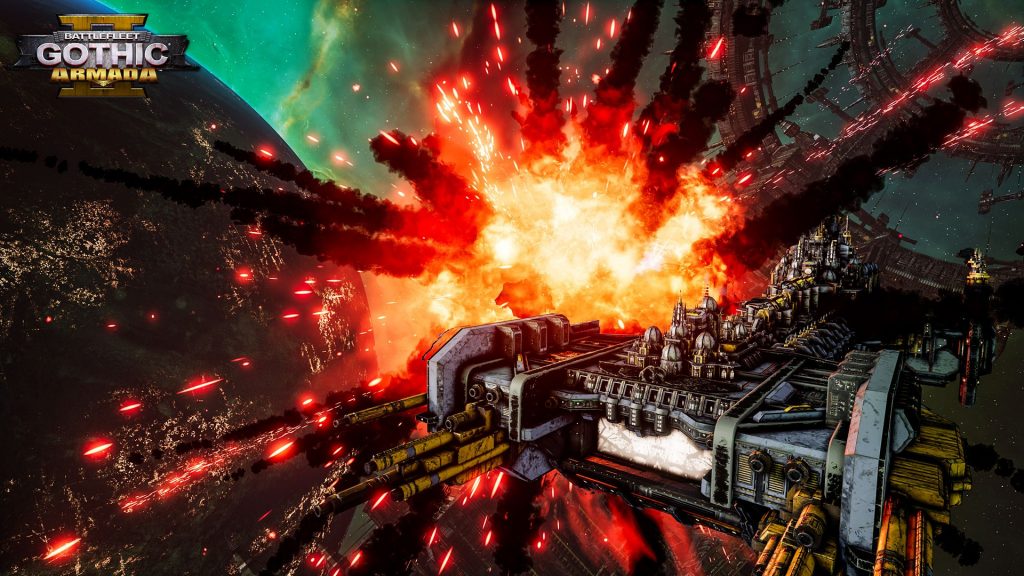
The learning curve in Battlefleet Gothic: Armada 2 is steep. The prequel campaign is long and will prepare players with some basic skills; however, beating a campaign is still a challenge on easy. The campaign offers three levels of difficulty and the option of disabling the emergency meter. As players lose fights or fail objectives, the game becomes all the more difficult. Combined with the 12 possible factions, Battlefleet Gothic: Armada 2 offers a solid challenge for players willing to put in the effort of learning the game’s intricacies.
The user experience is usable, but there are room for improvement. In the overworld, I would have preferred to move fleets between sectors by clicking either the sector or the slot I wish the fleet to occupy, instead of just the sector. The loading time for the build new ships menu also could be improved, as the game currently locks up for several seconds. The ability bars on the bottom of the screen works well for one or two types of ships, but commanding a fleet comprising of several different types can make the ability bars very cramped. While ability ranges are shown with a light blue overlay and the mouse icon show valid targets, some abilities may not fire because of some other condition not being met. It would have been nice for the text error message to show exactly why the ability would not work, such as Lightning Strikes requiring the target to have no shields.
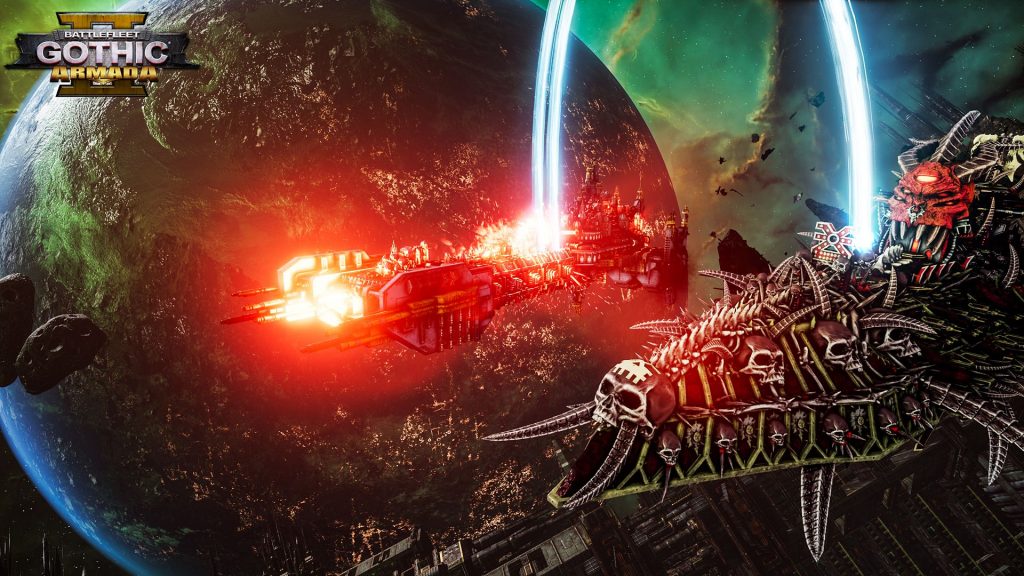
Visuals
Battlefleet Gothic: Armada 2 looks fantastic. The ship design is eye catching and unique, ranging from the regal Imperium fleets to the floating rust buckets the Orks call a battleship. There are a few subtle nods to the game’s tabletop roots like the bases the miniatures would traditionally be mounted on and the background that is set below the playing grid. When combat strikes, players are treated to an incredible light show. While the game emphasizes large ship combat, there’s quite a bit of attention to detail, as small fighters and bombers can be seen buzzing their way to enemy ships. The cutscenes are gorgeous. They look hand painted with only a few moving elements. The style reminds me of the illustrations found in tabletop rule and source books.
Audio
The audio is solid. The voice actors do a good job of delivering their lines, though I would have liked to see a little more variation for unit chatter. The sound effects are enjoyable, doing a great job of immersing players into the massive space battles. The music is subtle, but is pleasant to listen to.
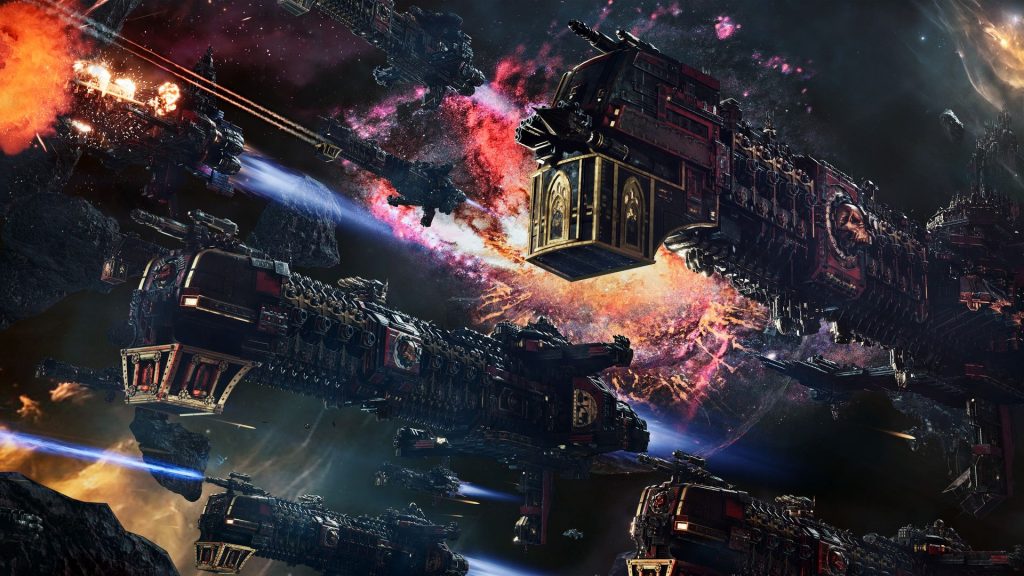
Overall
Battlefleet Gothic: Armada 2 does an excellent job of translating the tabletop wargaming experience to the digital sphere. There are some improvements that can be added in future patches or the next title in the series. The user experience could use some polish and Skirmish vs AI mode is needed. Battlefleet Gothic: Armada 2 is a challenging game that isn’t the easiest thing to learn, but it offers some of the best fleet-level combat in the market.
Capsule Computers review guidelines can be found here.


